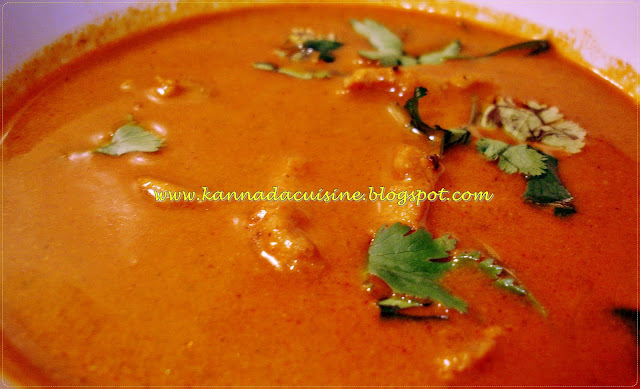By the way my old faithful camera died. ...and this picture was shot on my handycam and I am not too happy with the results. But till the new camera is here this is what I can offer :(
Water 1.5 Cups
Whole grain flours 1 Cup (Think a mixture of Ragi, Rice, Bajra, Millet)
Whole Wheat flour 1/2 Cup
Oil
Spinach/ Dill/ Fenegreek/Coriander 1/2 C
Onion 1 medium
Green Chillies 4-5
Cumin 1 tsp
Salt to taste
Method:
- Heat water in a thick bottomed pot. Throw in the salt.
- Mince onions, greens and green chillies. Set it aside
- Once the water comes to a boil, add the whole grain flours. mix and cook covered for about 2-3 minutes. Remove from heat.
- Once the mixture is cool enough to handle, stir in the minced onions, greens, green chillies, cumin, whole wheat flour and kneed into a soft dough. Rest the dough for a 10-15 minutes.
- Preheat a skillet.
- Pinch lemon sized balls out of dough and roll it between your palms. Place it on a piece of parchment paper or a greased plastic sheet and flatten it with the palm of your hand. Using your finger tips, roll the dough out into flat circular discs the thickness of say rotis.
- Transfer the discs to the skillet. brush it with some oil on top. Cook till the Talippatu changes colour and flip. Cook on the other side till golden brown specks appear.
- Serve it hot brushed with some ghee. Yogurt and pickles goes very well with these Talipattu.
Also mincing the onions, greens and chillies is important. The finer they are the thinner the Talipattu will be. I process mine for a few seconds in the food processor. It gives excellent results.


































